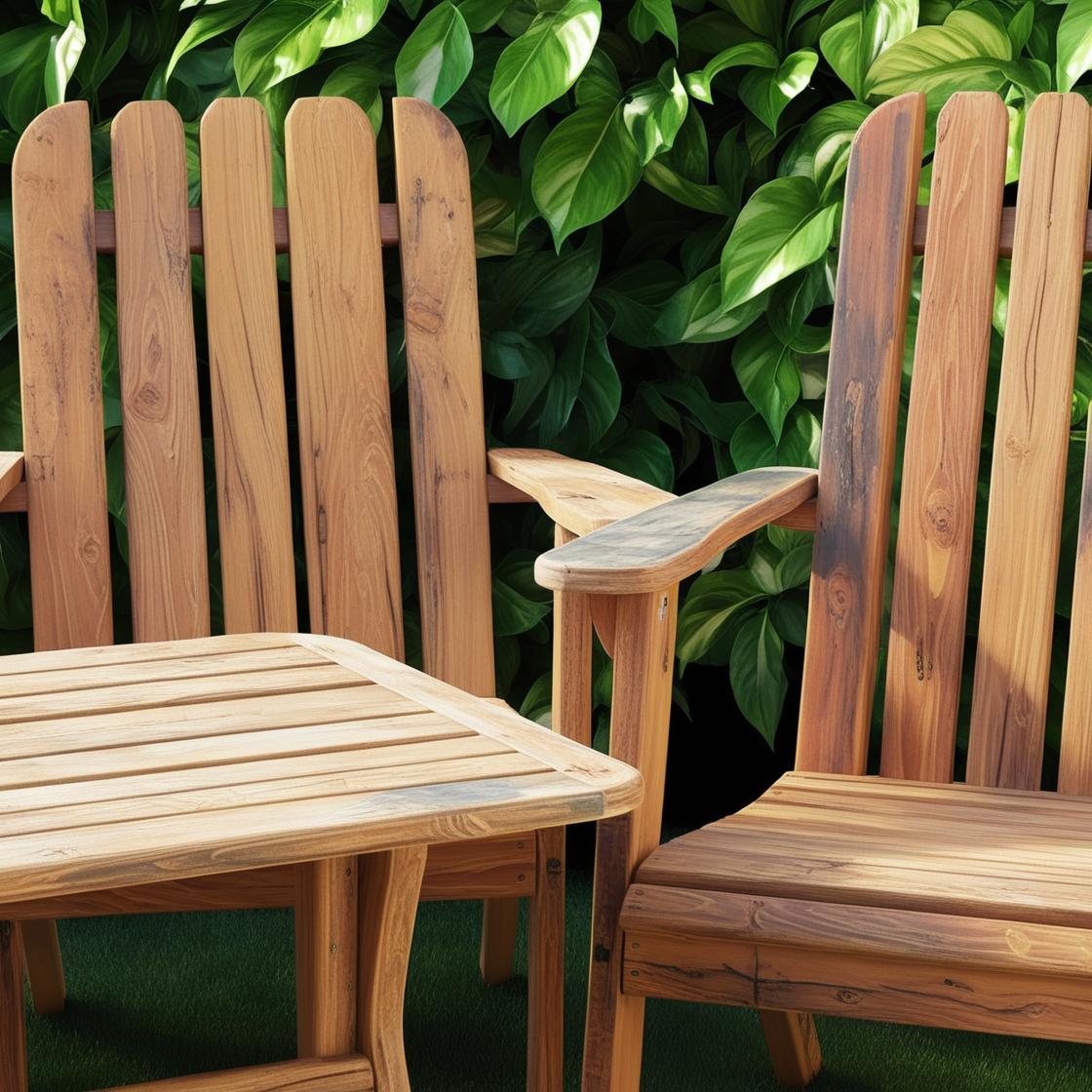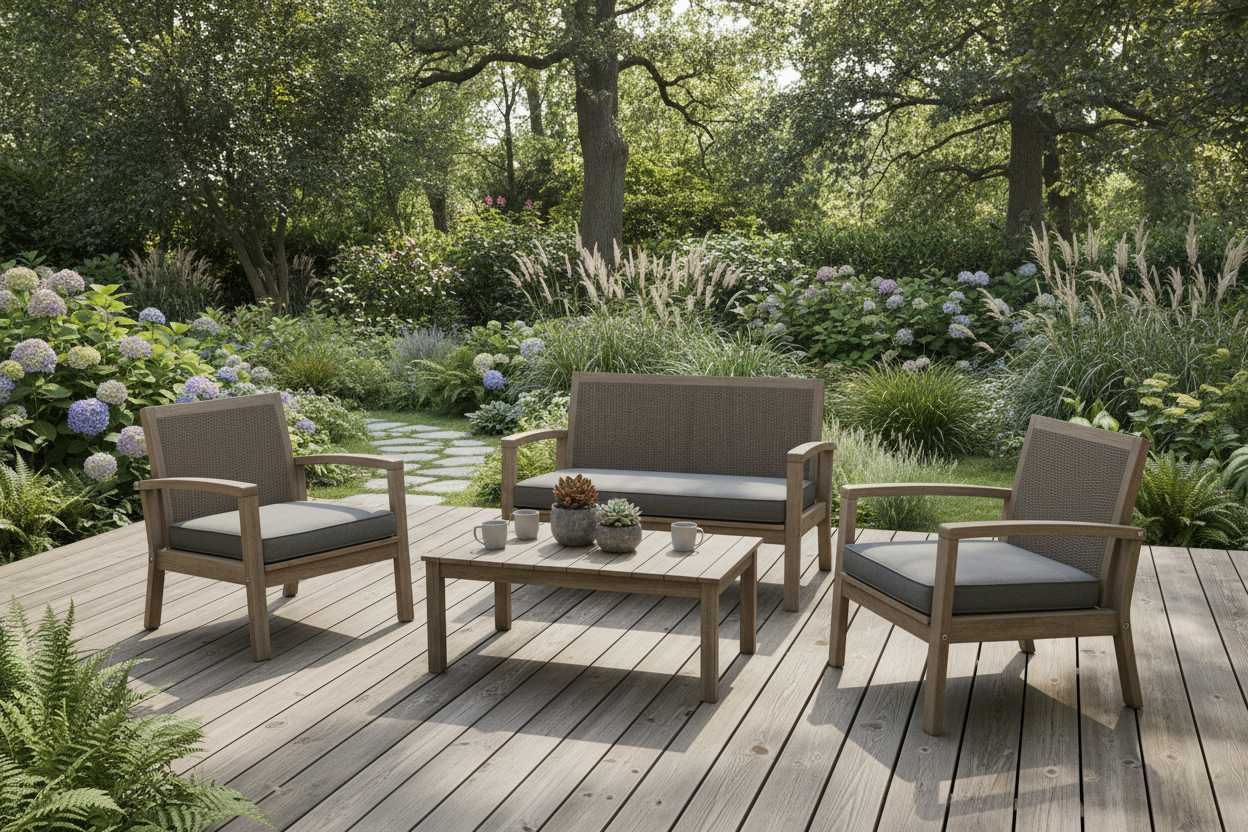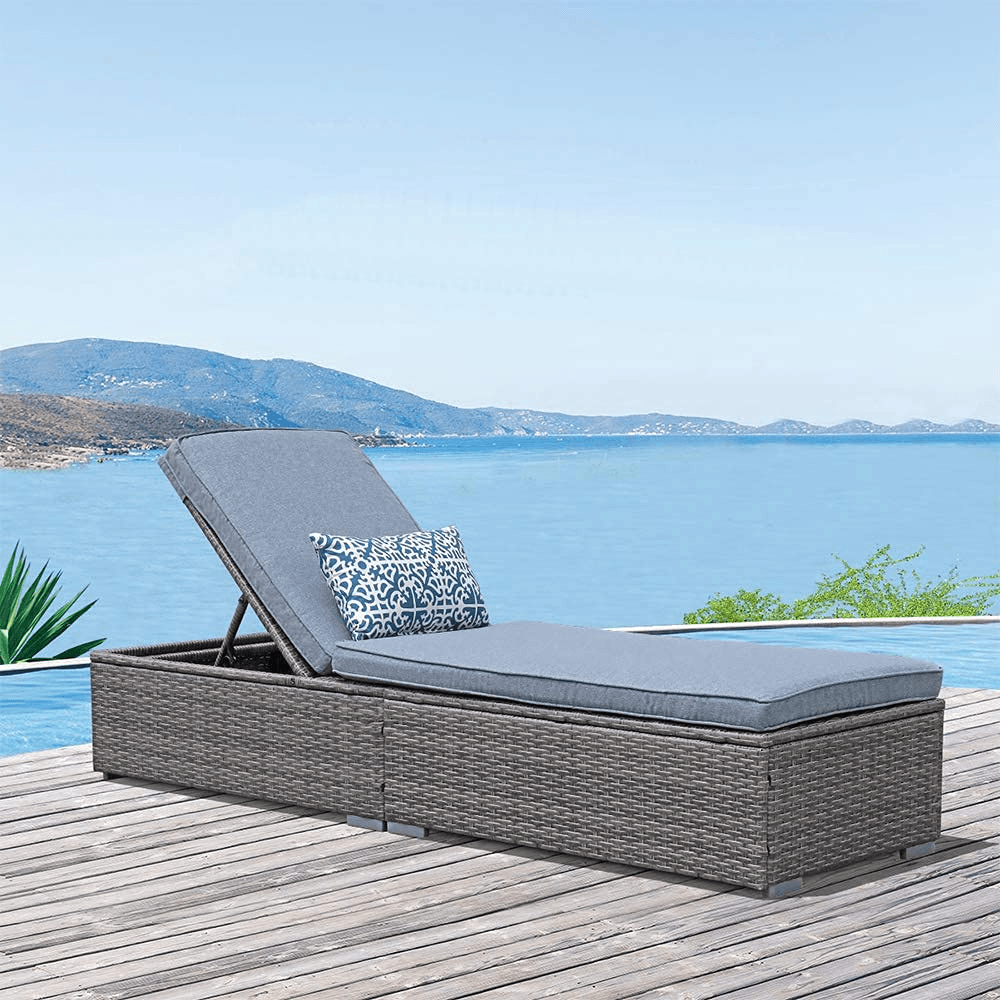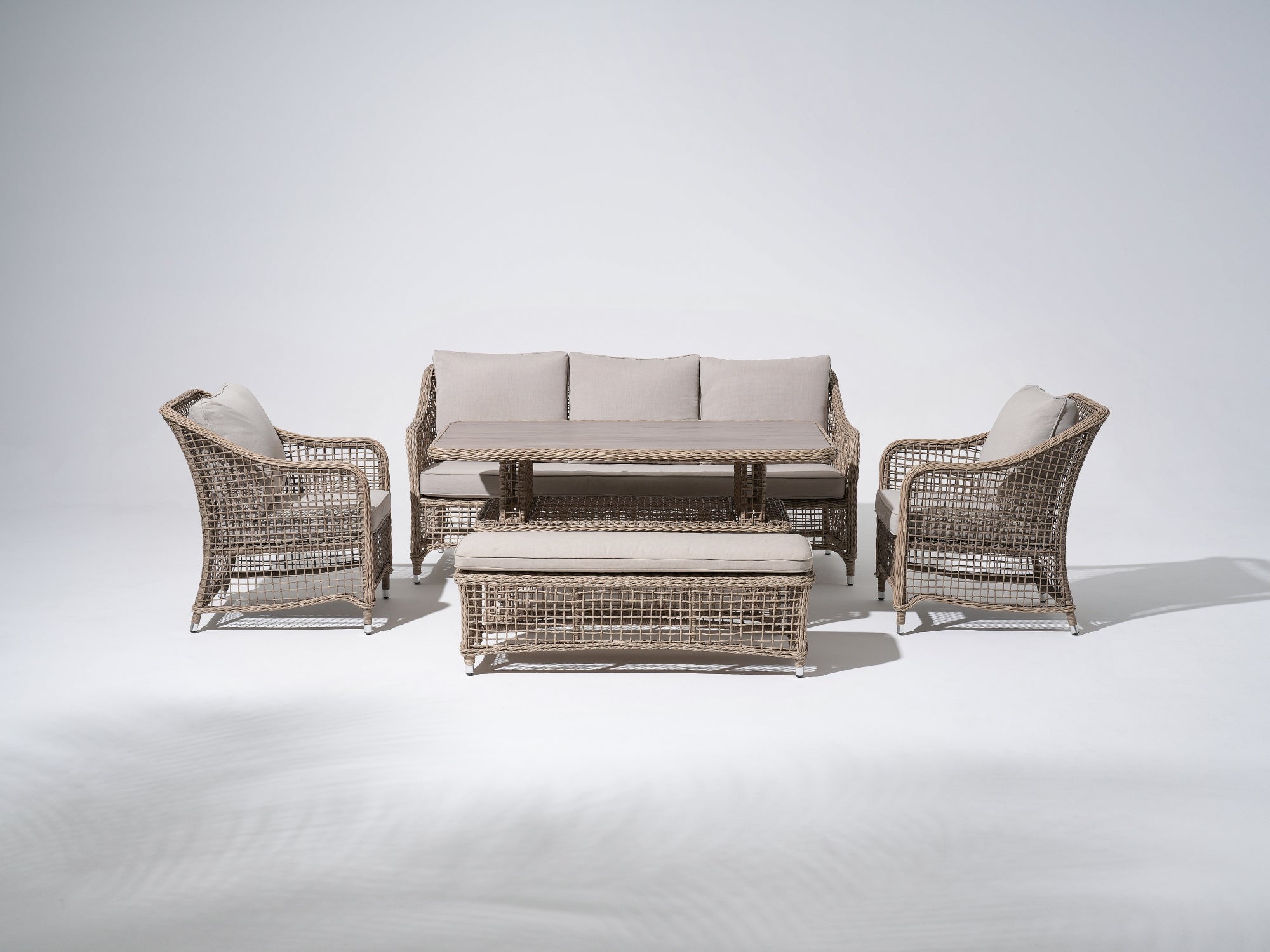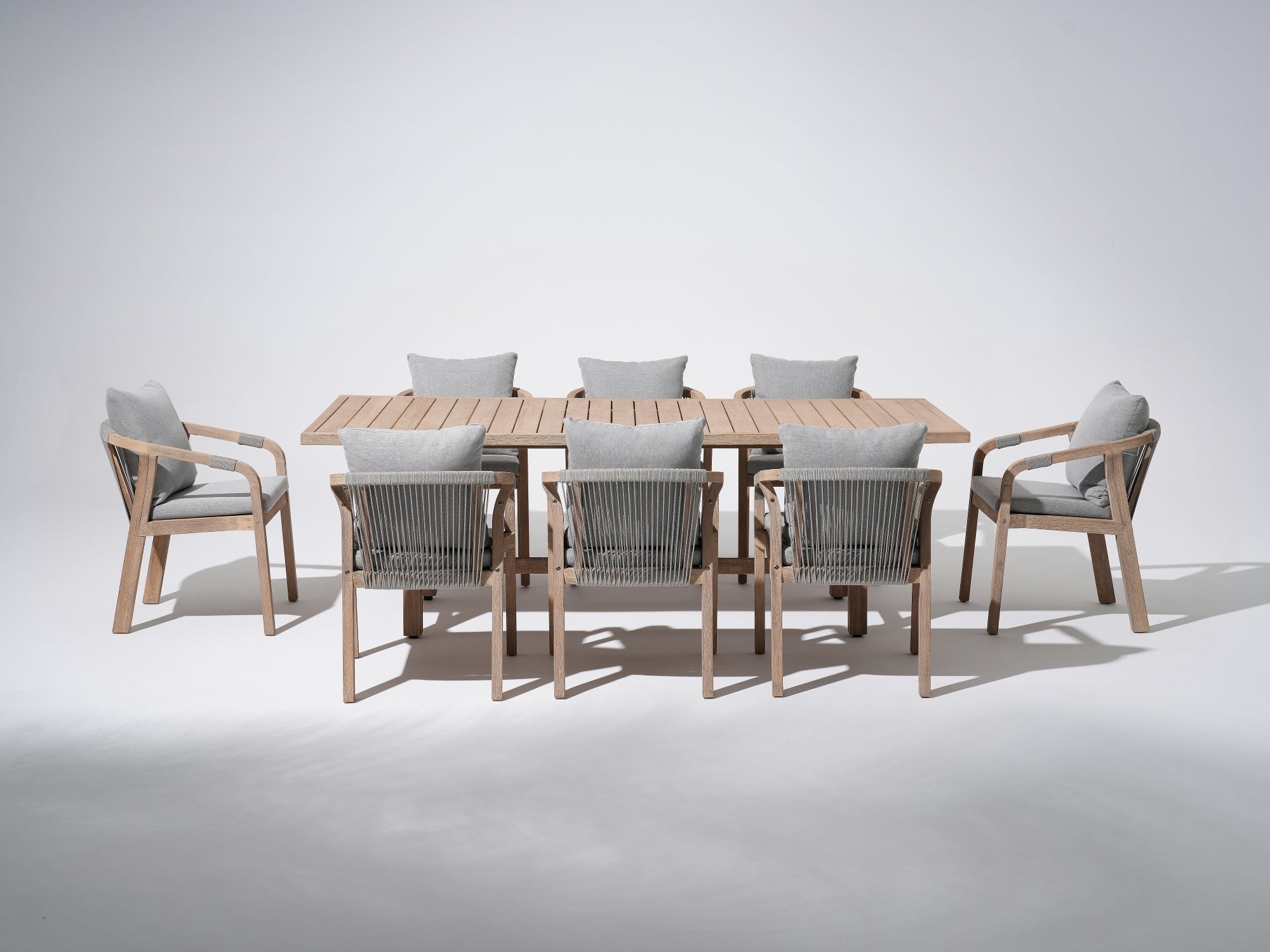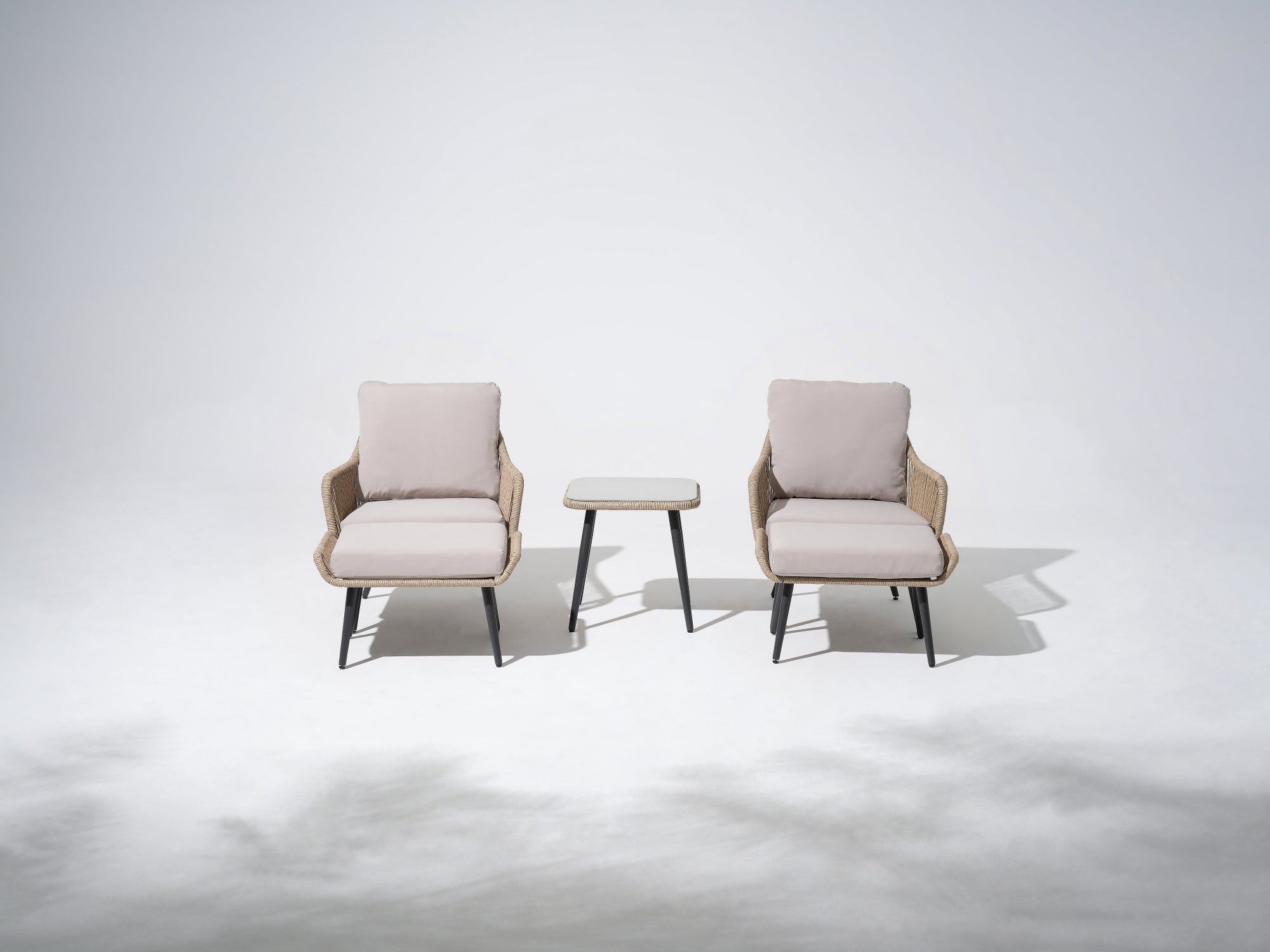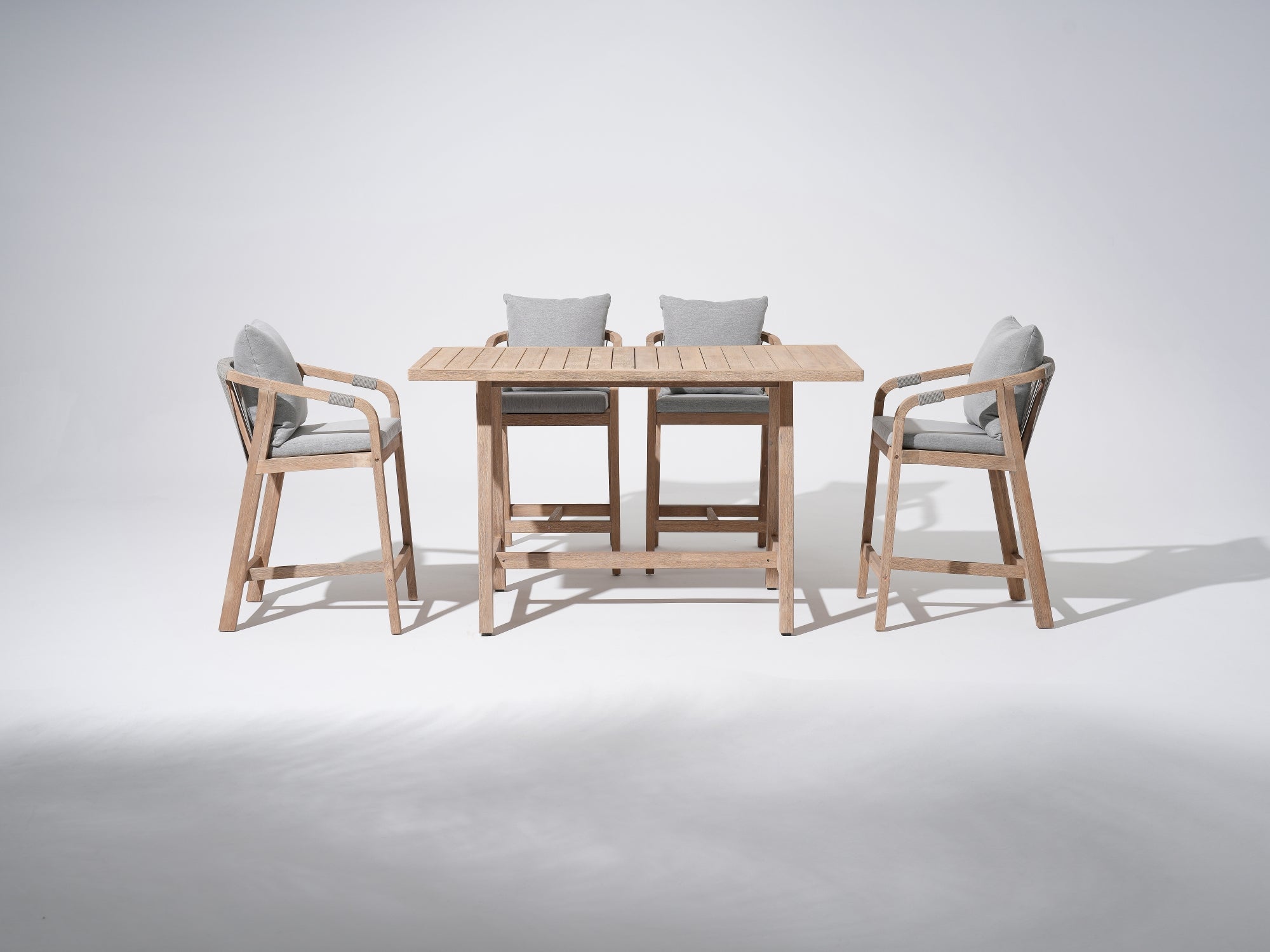Outdoor wooden furniture is a beautiful addition to any garden or patio, but it is also susceptible to various issues, especially when exposed to harsh weather conditions such as rain and snow. Without proper maintenance, wooden furniture can suffer from mold, peeling paint, fading, cracking, warping, and even pest infestations. Among these, mold is one of the most common problems. Today we discuss how to repair moldy outdoor wood furniture.
Why Does Outdoor Wooden Furniture Get Moldy?
Mold thrives in damp, humid environments, making outdoor wooden furniture an ideal target. When moisture seeps into the wood, it creates a breeding ground for mold spores. Over time, this can lead to discoloration, unpleasant odors, and even structural damage if left untreated.

How to Repair Moldy Outdoor Wooden Furniture
If you’ve noticed mold on your outdoor wooden furniture, don’t worry—there are several effective ways to remove it and restore your furniture’s appearance. Here are some tried-and-tested methods:
1. Baking Soda Solution
- How to Use: Mix 1/2 cup of baking soda with 2 liters of warm water. Use a soft-bristled brush to apply the solution to the moldy areas. Scrub gently, then rinse thoroughly with clean water.
- Why It Works: Baking soda is a natural cleaner that effectively removes mold without damaging the wood.
2. Bleach Solution
- How to Use: Mix bleach and water in a 1:3 ratio. Dip a brush into the solution and scrub the moldy spots. Be cautious not to overuse bleach, as it can weaken the wood fibers over time.
- Why It Works: Bleach kills mold spores and prevents them from returning, but it should be used sparingly to avoid damaging the wood.
3. Vinegar Solution
- How to Use: Combine equal parts white vinegar and water in a spray bottle. Spray the solution onto the moldy areas and let it sit for 10-15 minutes. Wipe clean with a damp cloth.
- Why It Works: Vinegar is a natural antifungal agent that can effectively kill mold and mildew.
4. Rubbing Alcohol
- How to Use: Use a cloth or sponge to apply 75% rubbing alcohol to the moldy areas. Scrub gently and allow the furniture to air dry.
- Why It Works: Alcohol evaporates quickly, making it a great option for killing mold without leaving moisture behind.
5. Commercial Mold Removers
- How to Use: Follow the instructions on the product label. Ensure the area is well-ventilated during application.
- Why It Works: These products are specifically formulated to tackle mold and mildew, offering a quick and effective solution.
6. Wood Vinegar (Pyroligneous Acid)
- How to Use: Heat the wood vinegar slightly, then apply it to the moldy surface using a soft cloth. Repeat the process a few times and let the furniture dry naturally.
- Why It Works: Wood vinegar is a natural antifungal product that not only removes mold but also helps protect the wood.

Tips to Prevent Mold on Outdoor Wooden Furniture
Prevention is always better than cure. Here are some practical tips to keep your outdoor wooden furniture mold-free:
- Choose High-Quality Wood: Opt for durable, weather-resistant woods like teak, mahogany, or cedar. These types of wood are naturally resistant to mold and decay. Such as this Natural Collection Teak outdoor furniture. Made of solid teak wood, it includes conversation sets, dining sets, sofas and lounge chairs. The teak wood color combined with the light grey rope weaving perfectly brings nature into your life.
- Keep It Clean and Dry: Regularly wipe down your furniture to remove dirt and debris. After rain or snow, dry the furniture thoroughly to prevent moisture buildup.
- Apply a Wood Preservative: Use a wood preservative or sealant to create a protective barrier against moisture and mold. Reapply as needed, especially after harsh weather conditions.
- Store Furniture During Extreme Weather: If possible, store your furniture indoors or cover it with waterproof covers during heavy rain or snow.
- Regular Inspections: Periodically check your furniture for signs of mold or damage. Early detection can save you from costly repairs down the line.
Moldy outdoor wooden furniture doesn’t have to be a permanent eyesore. With the right cleaning methods and preventive measures, you can restore your furniture’s beauty and extend its lifespan.
By following these tips, you can enjoy your outdoor wooden furniture for years to come, no matter the weather. You can also find affordable and high-end wood outdoor furniture at Jardina. Happy furniture care!



